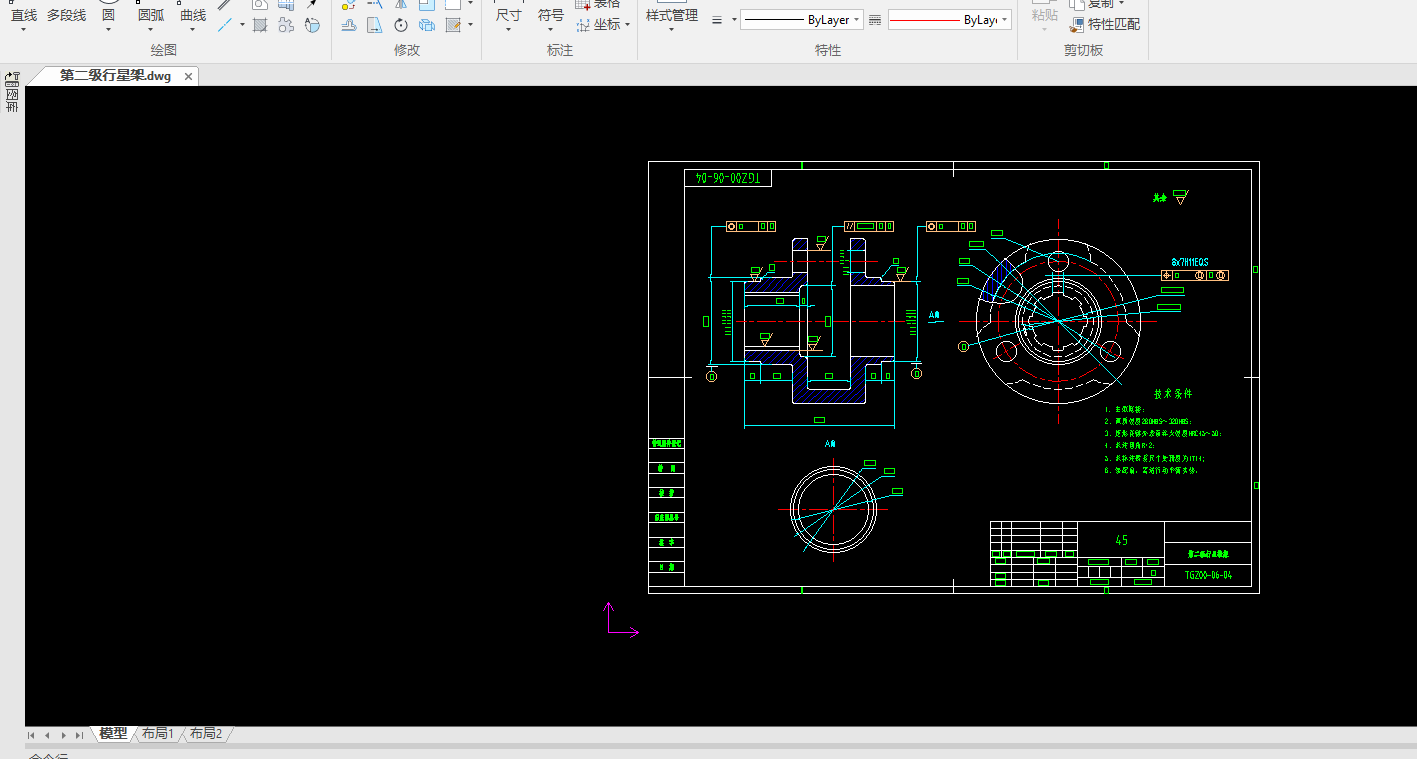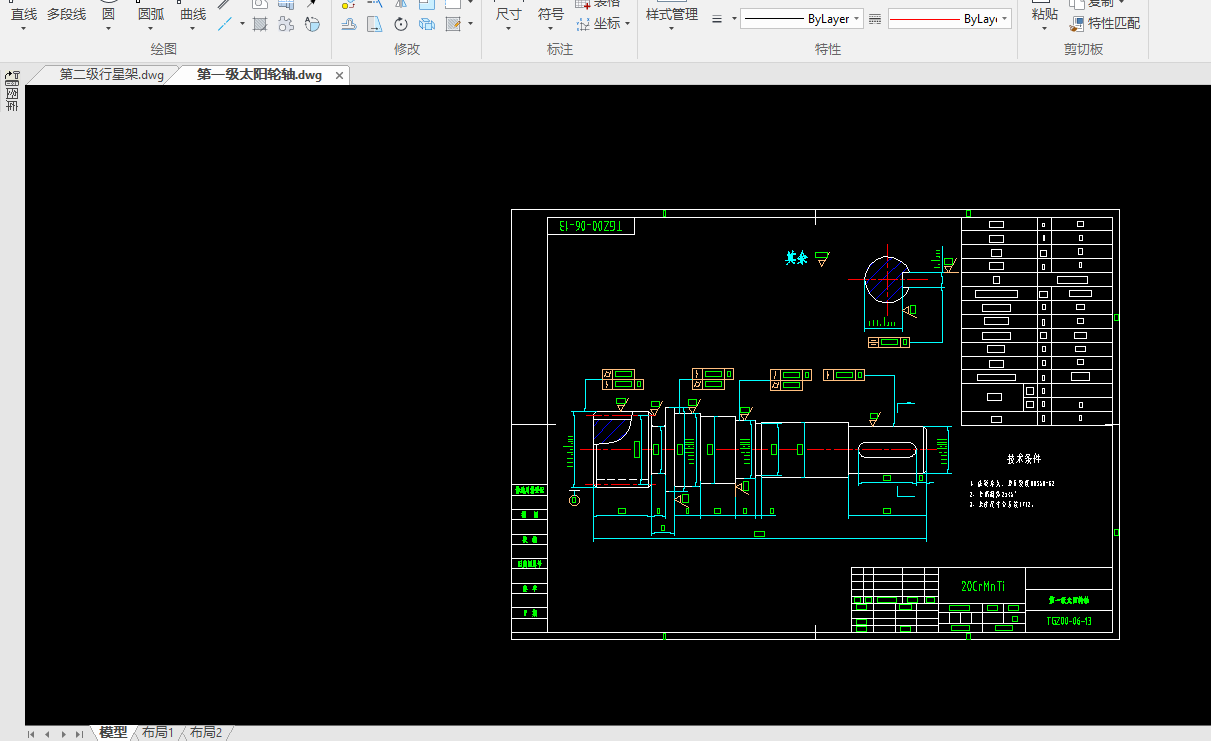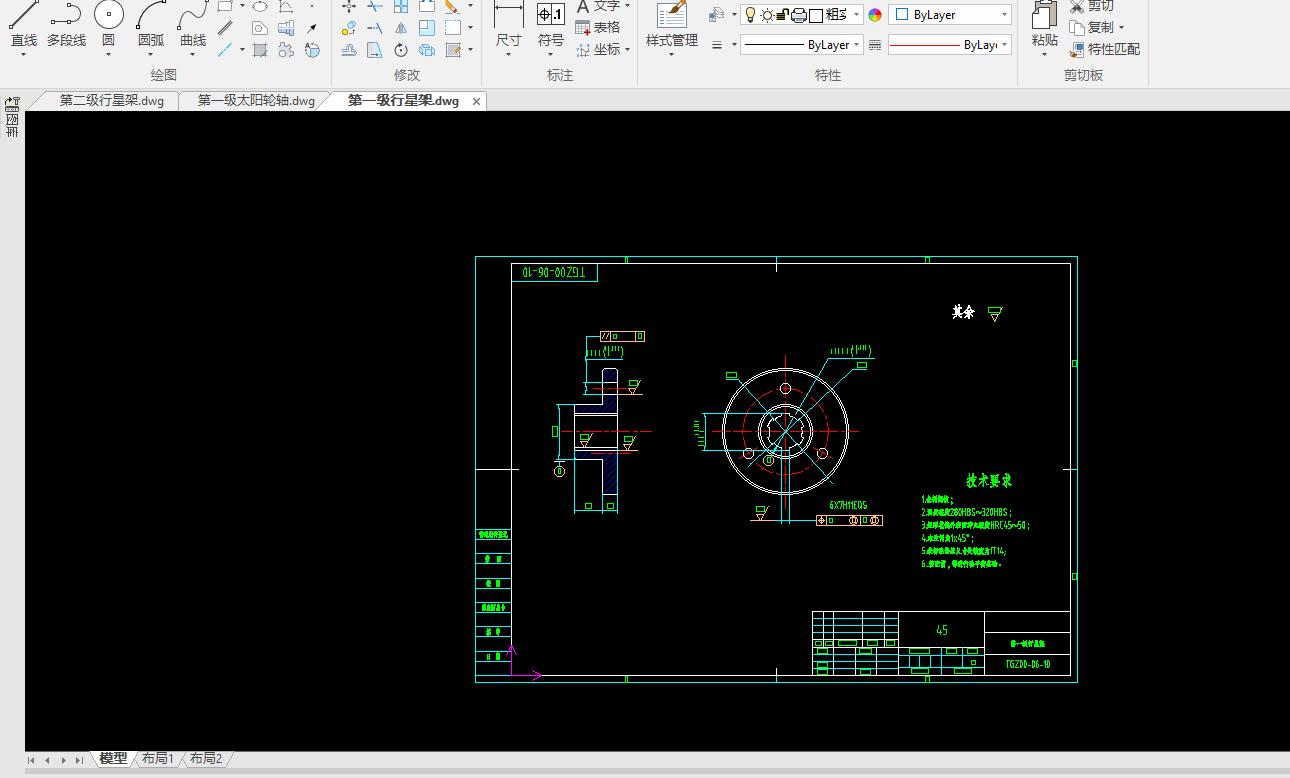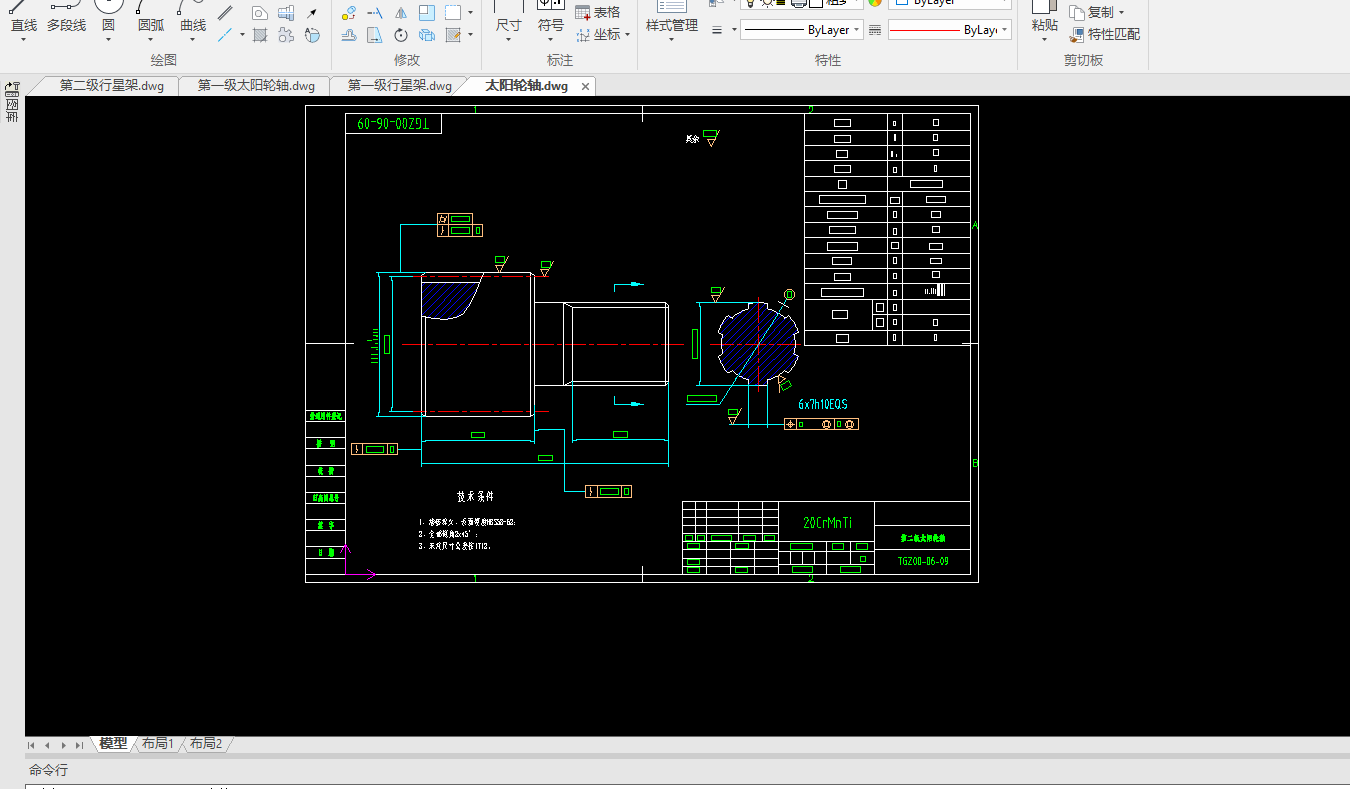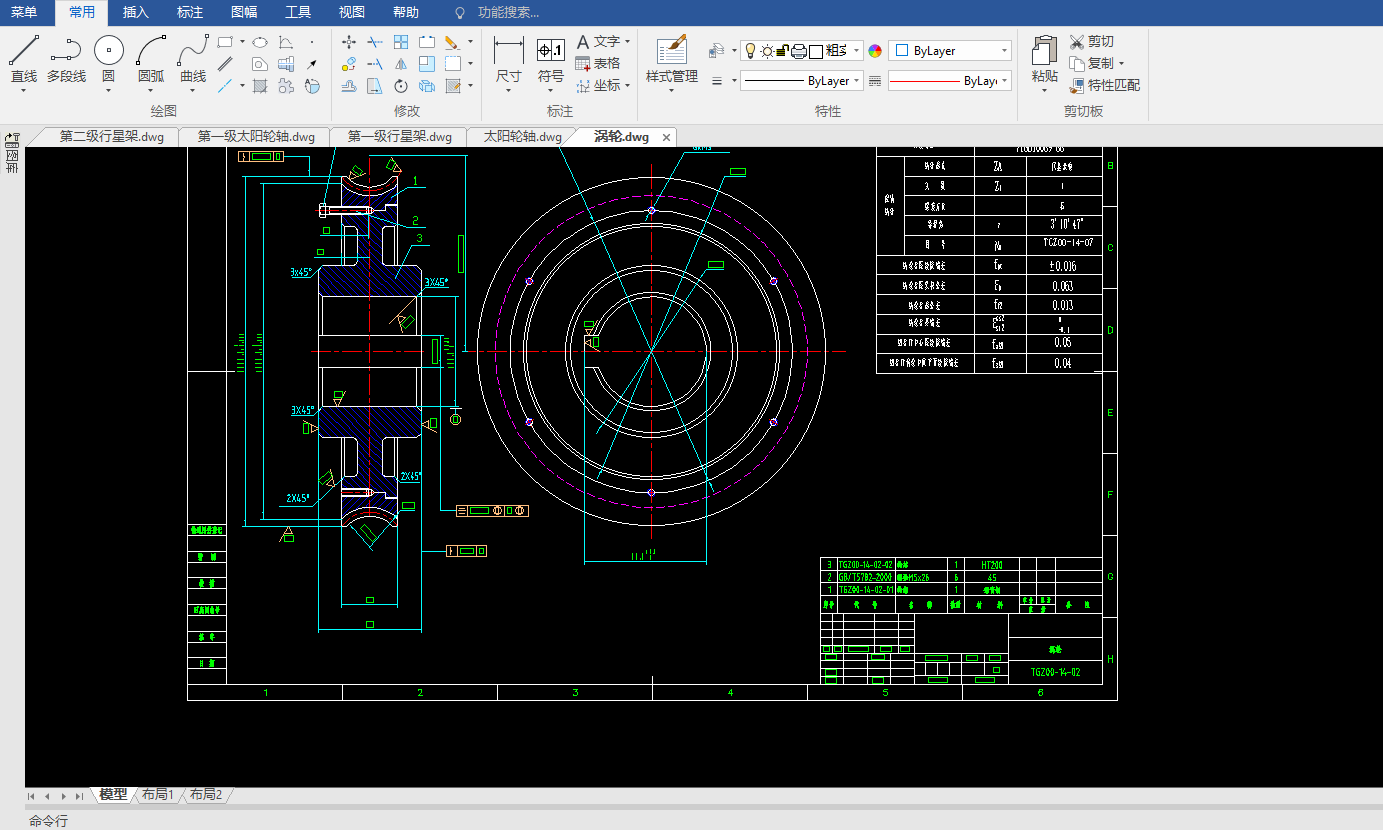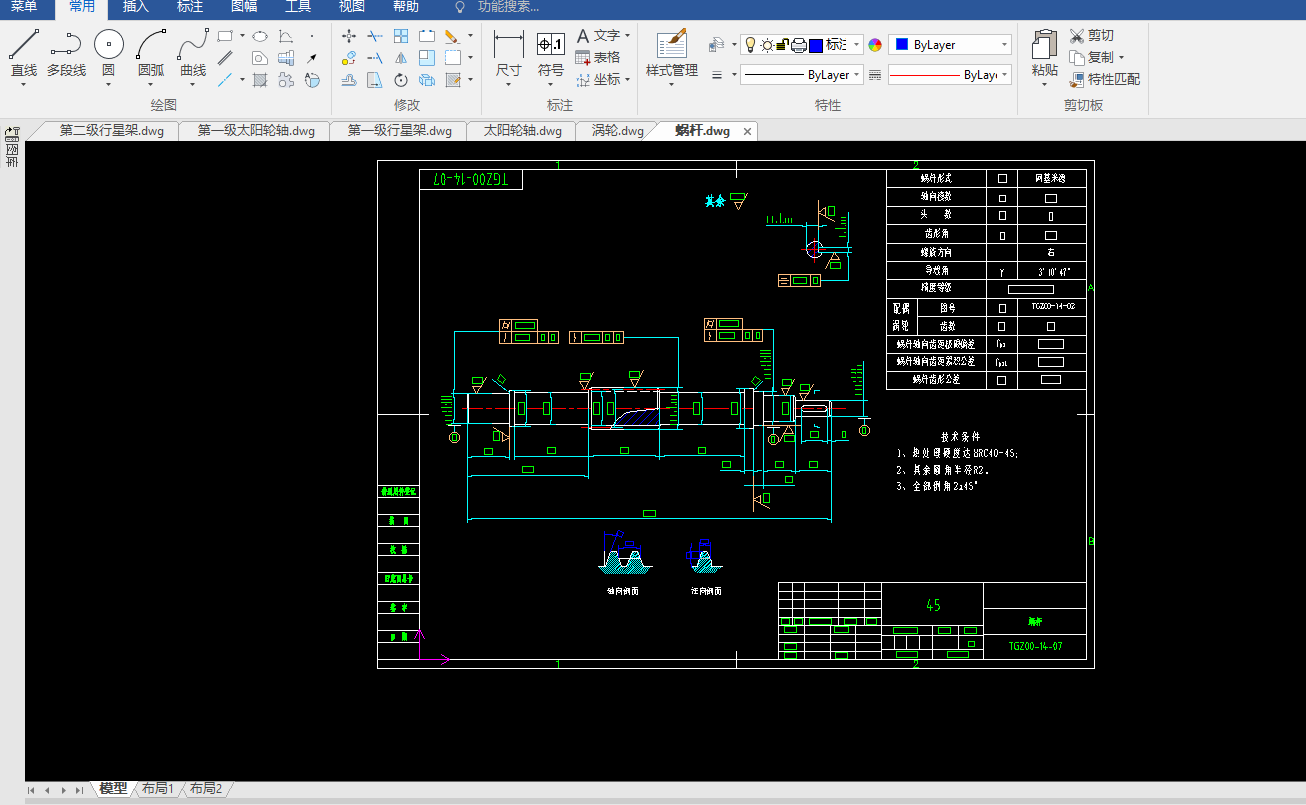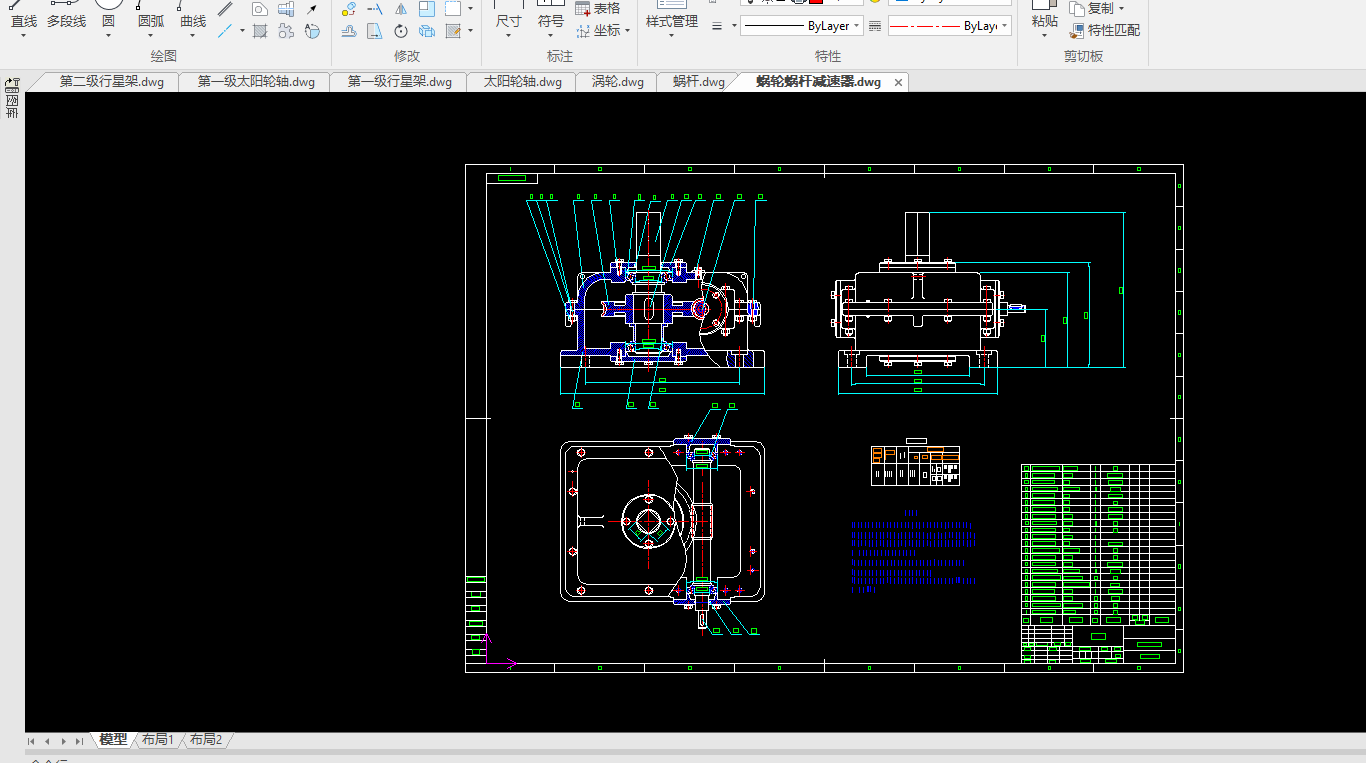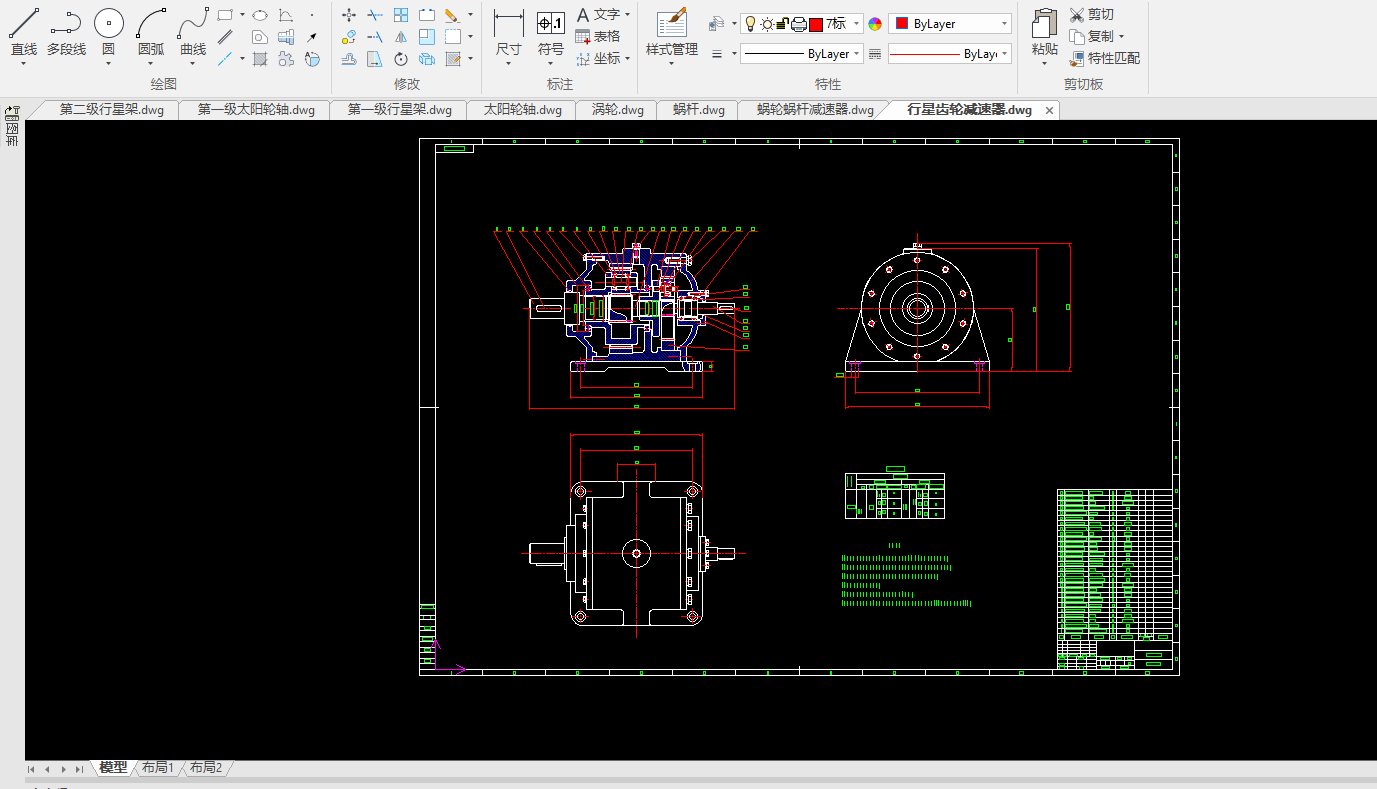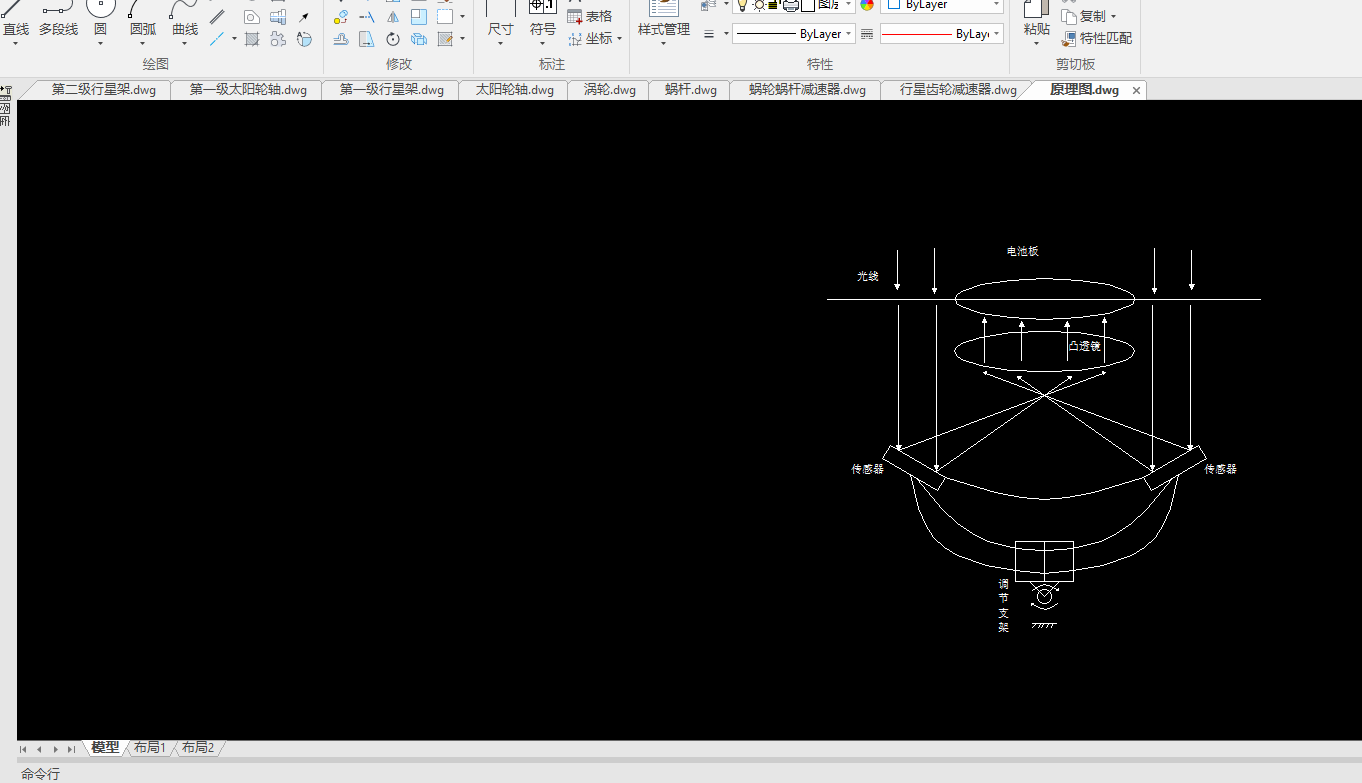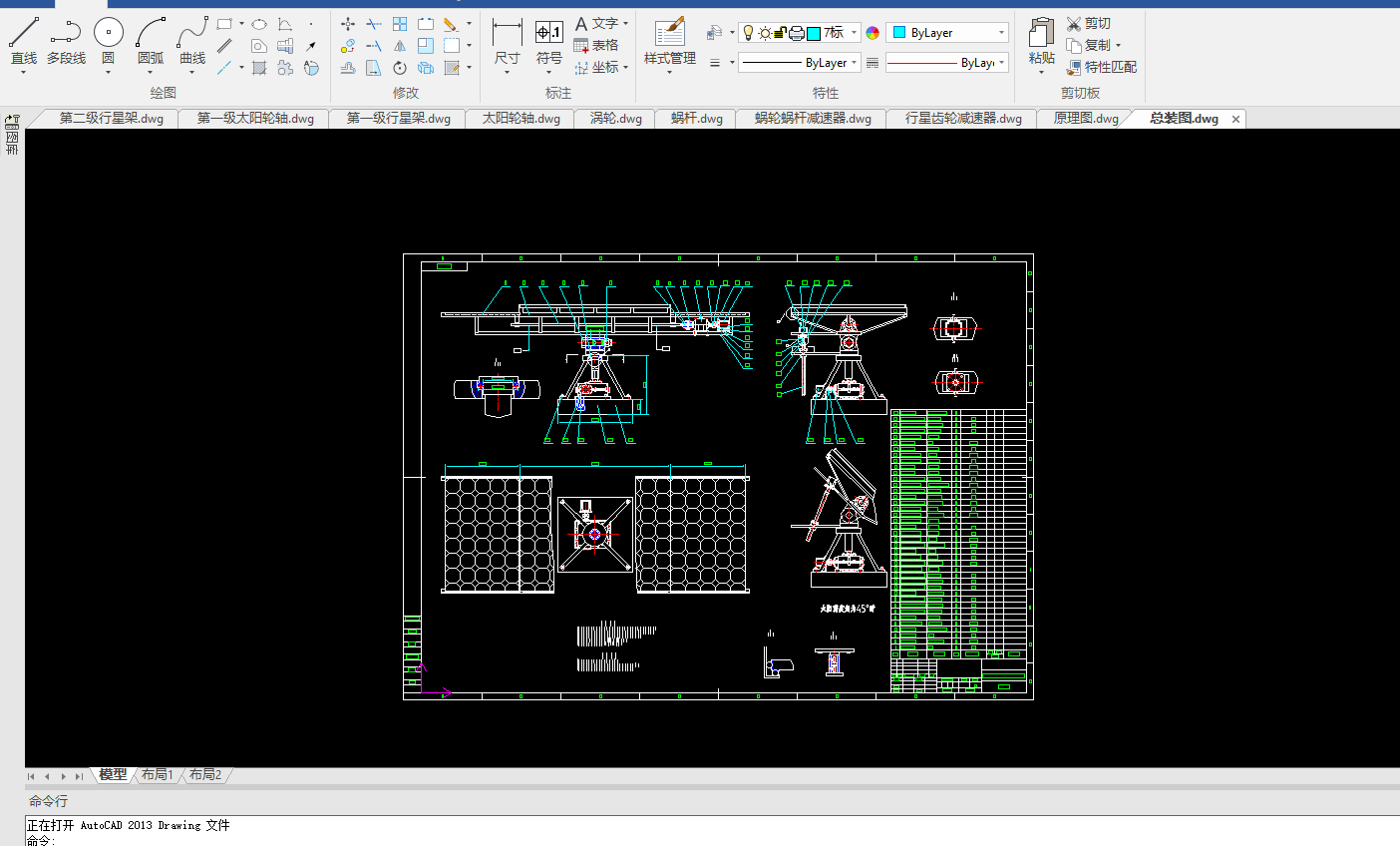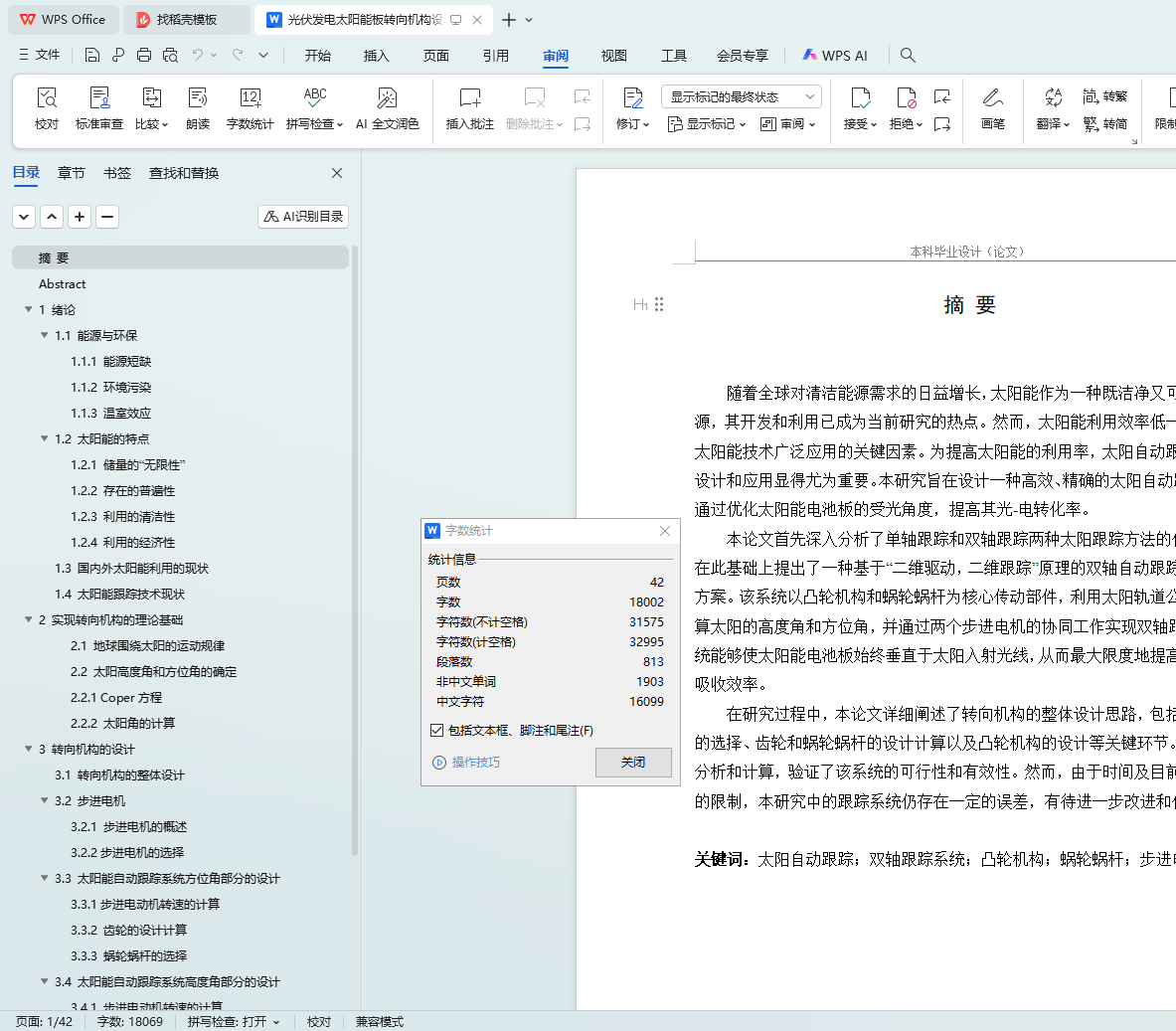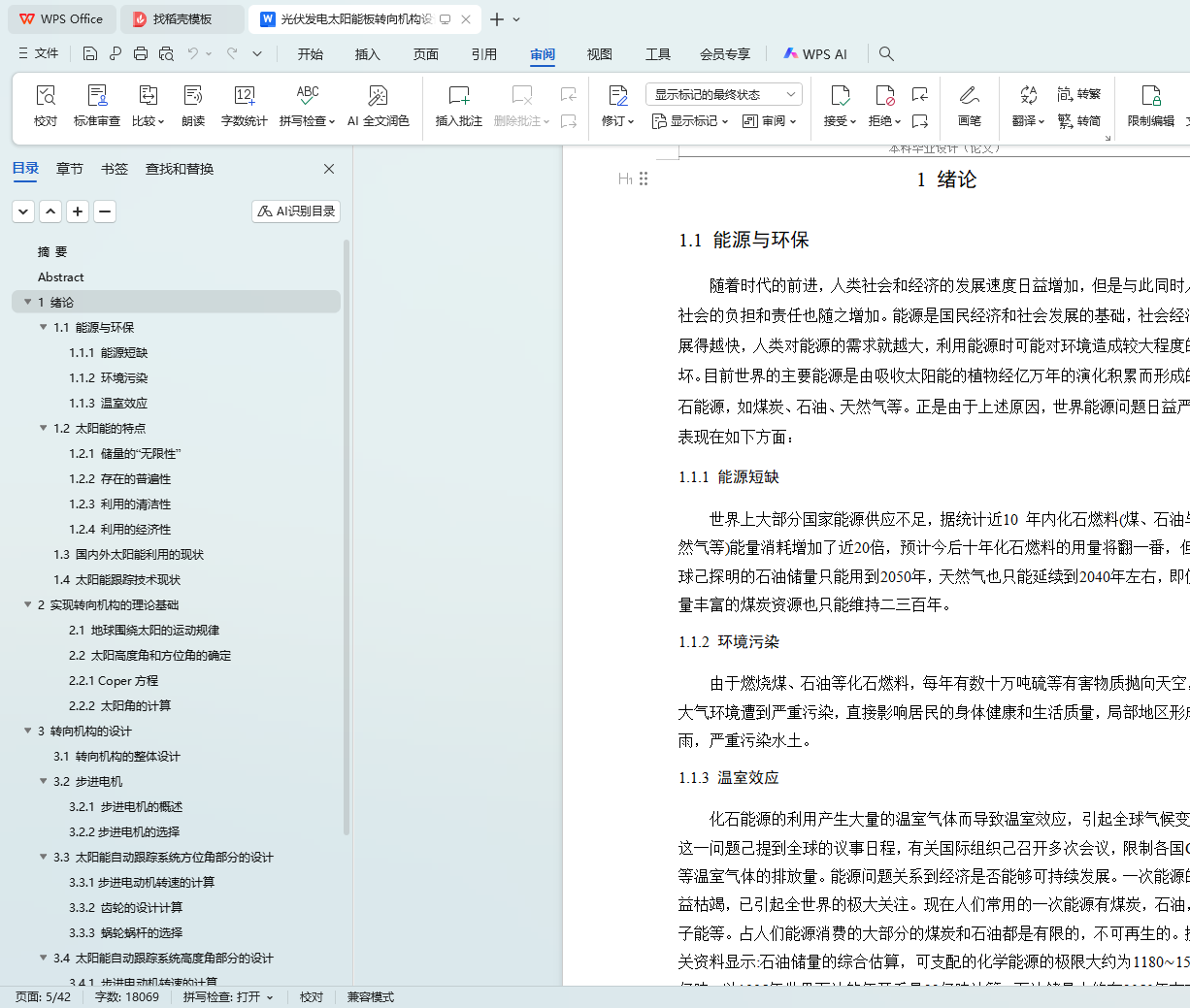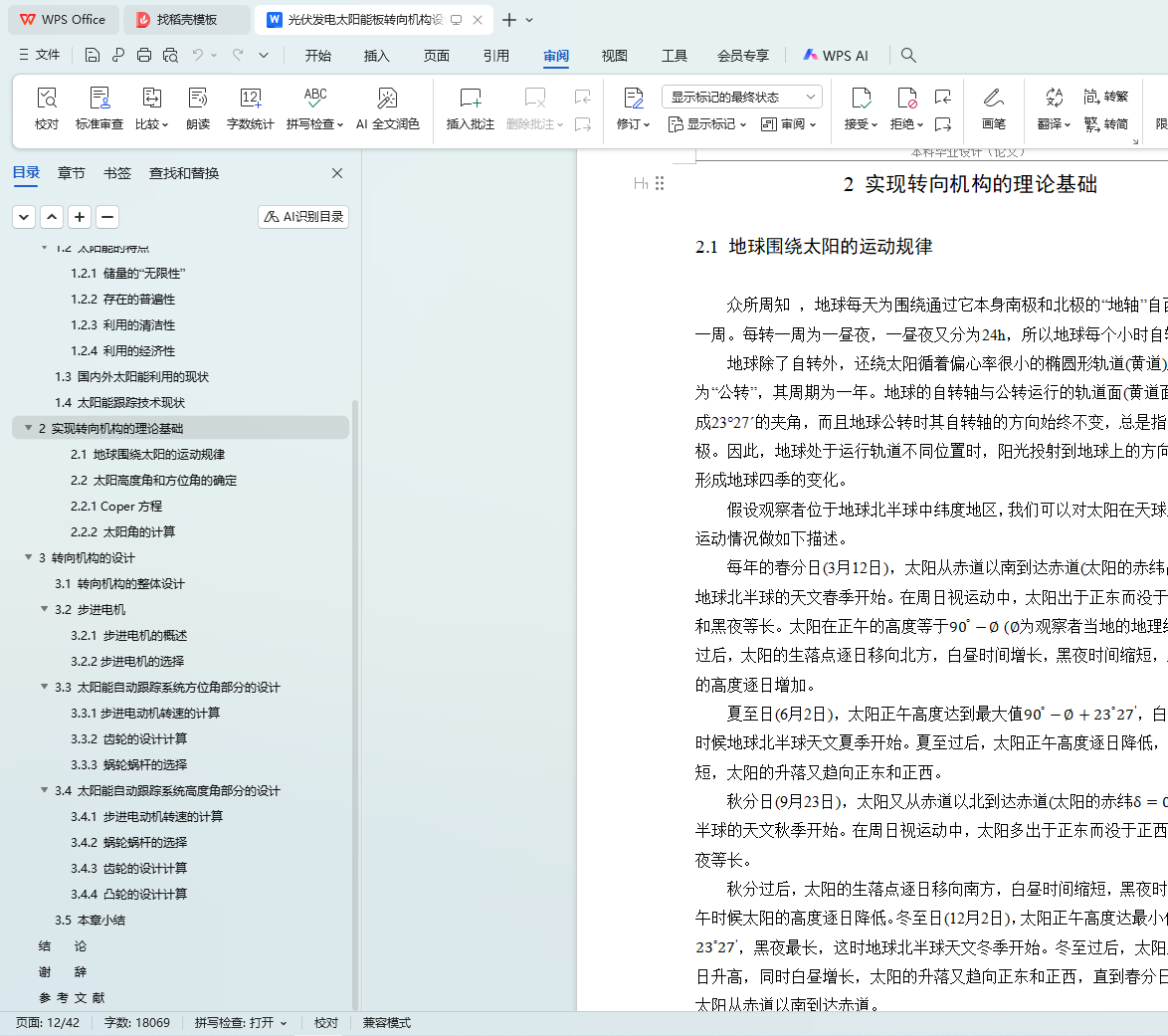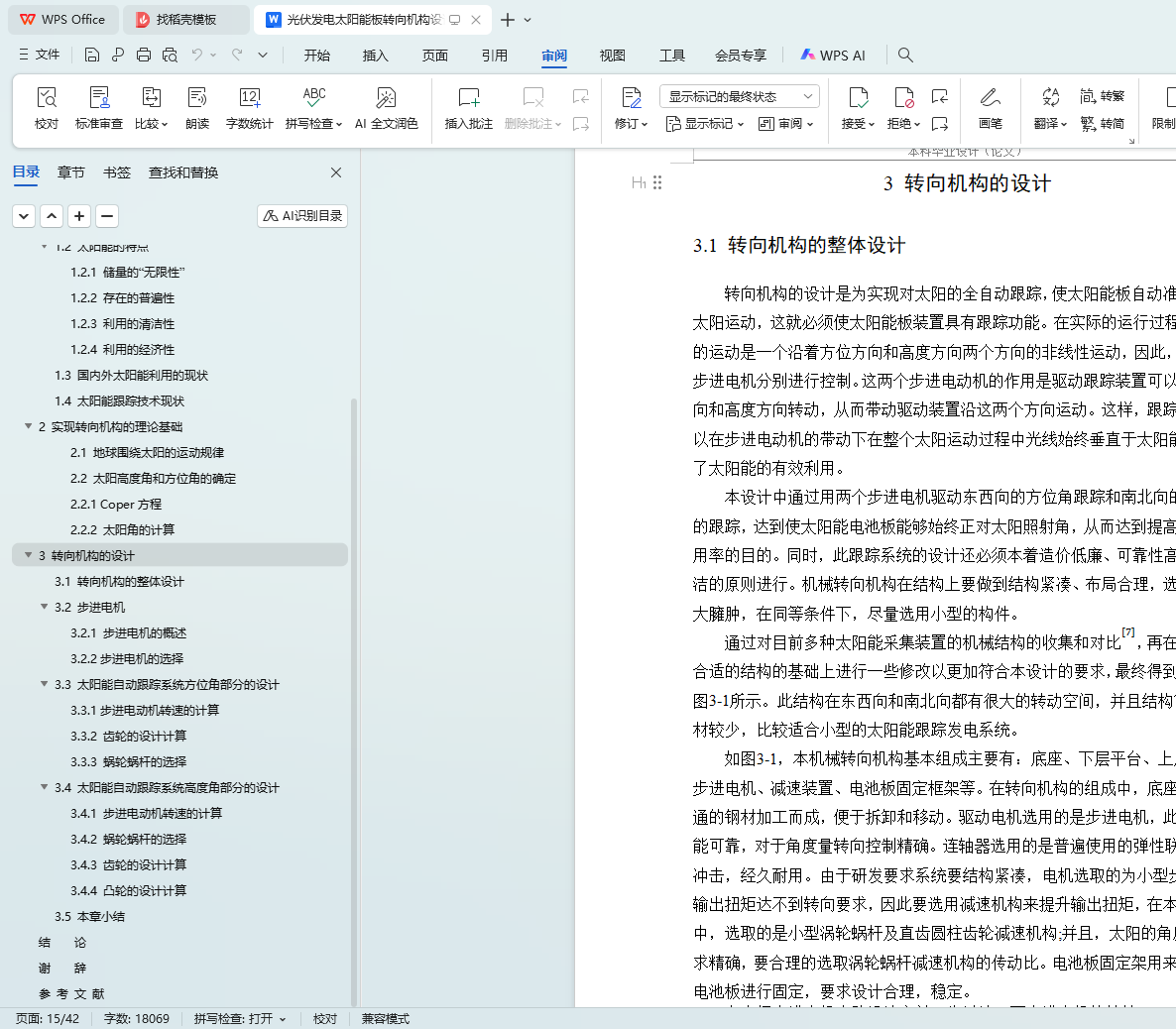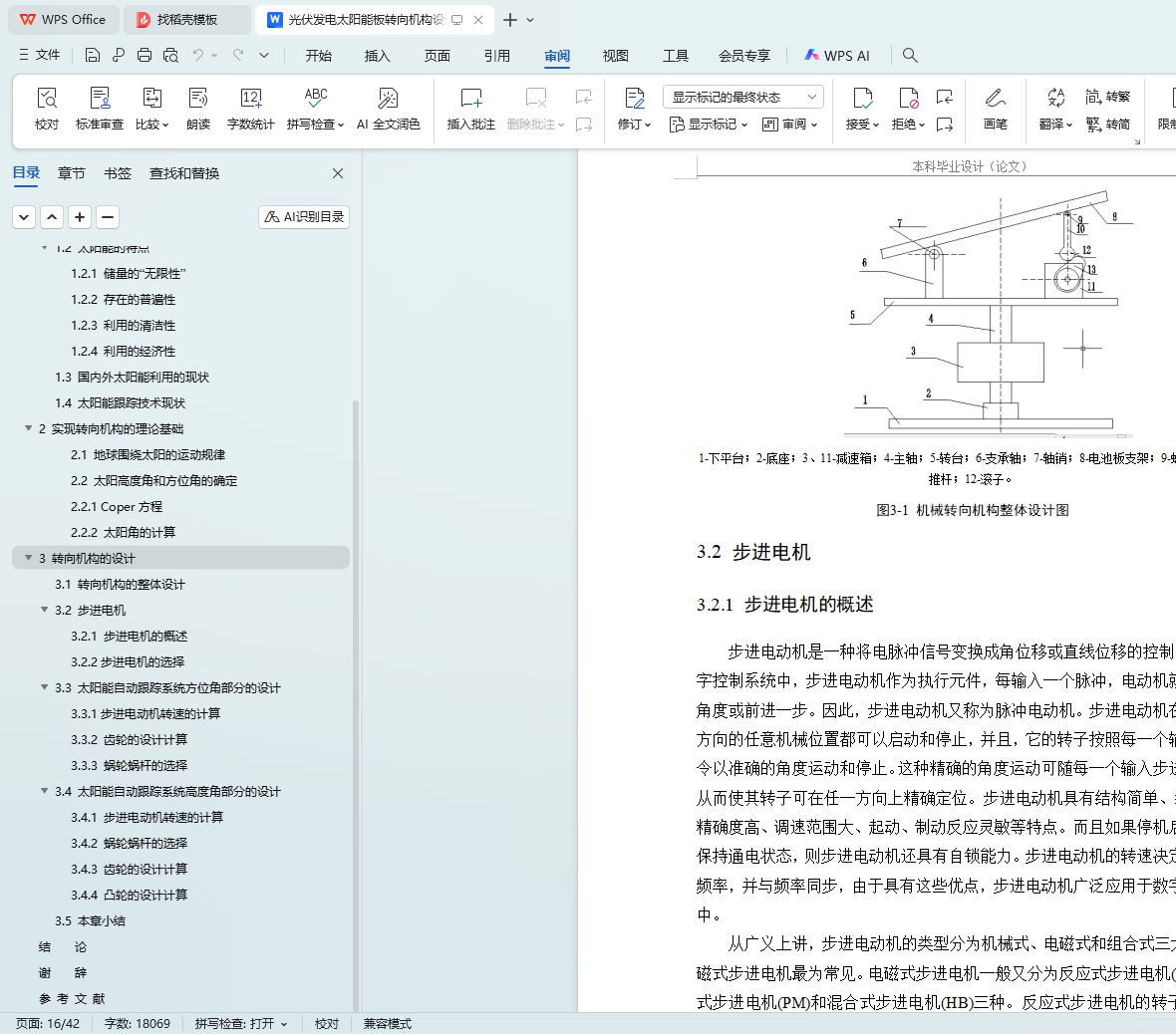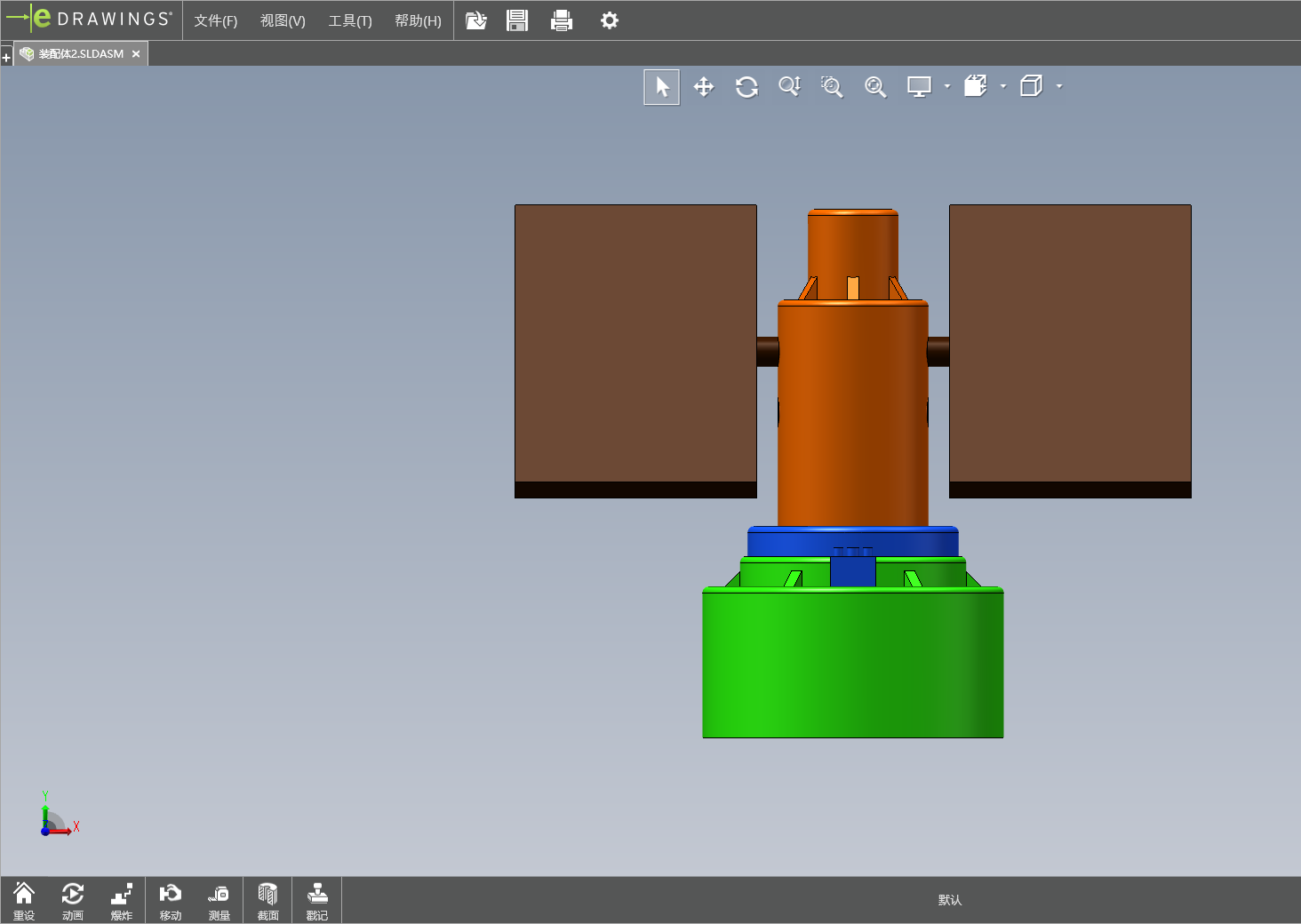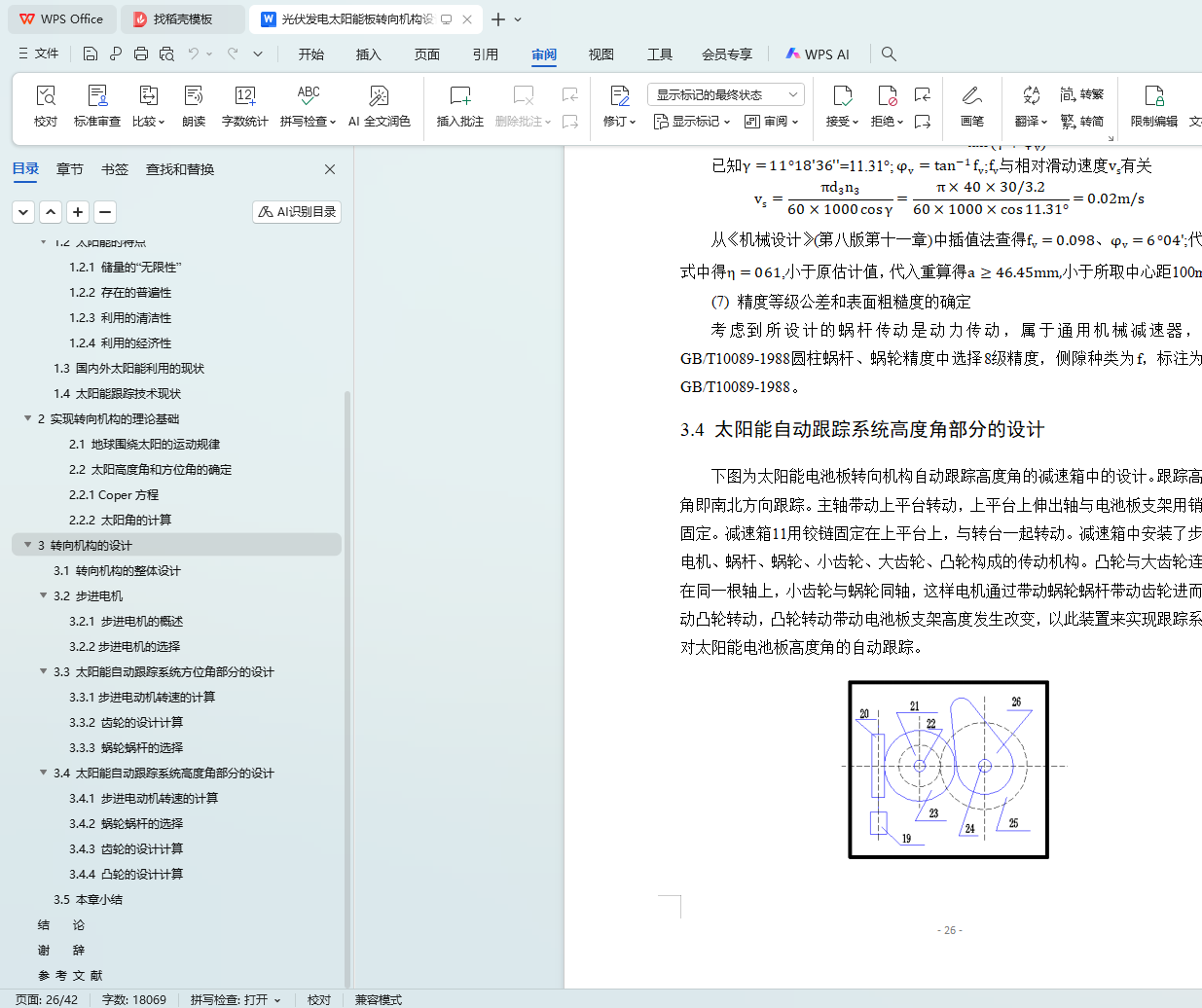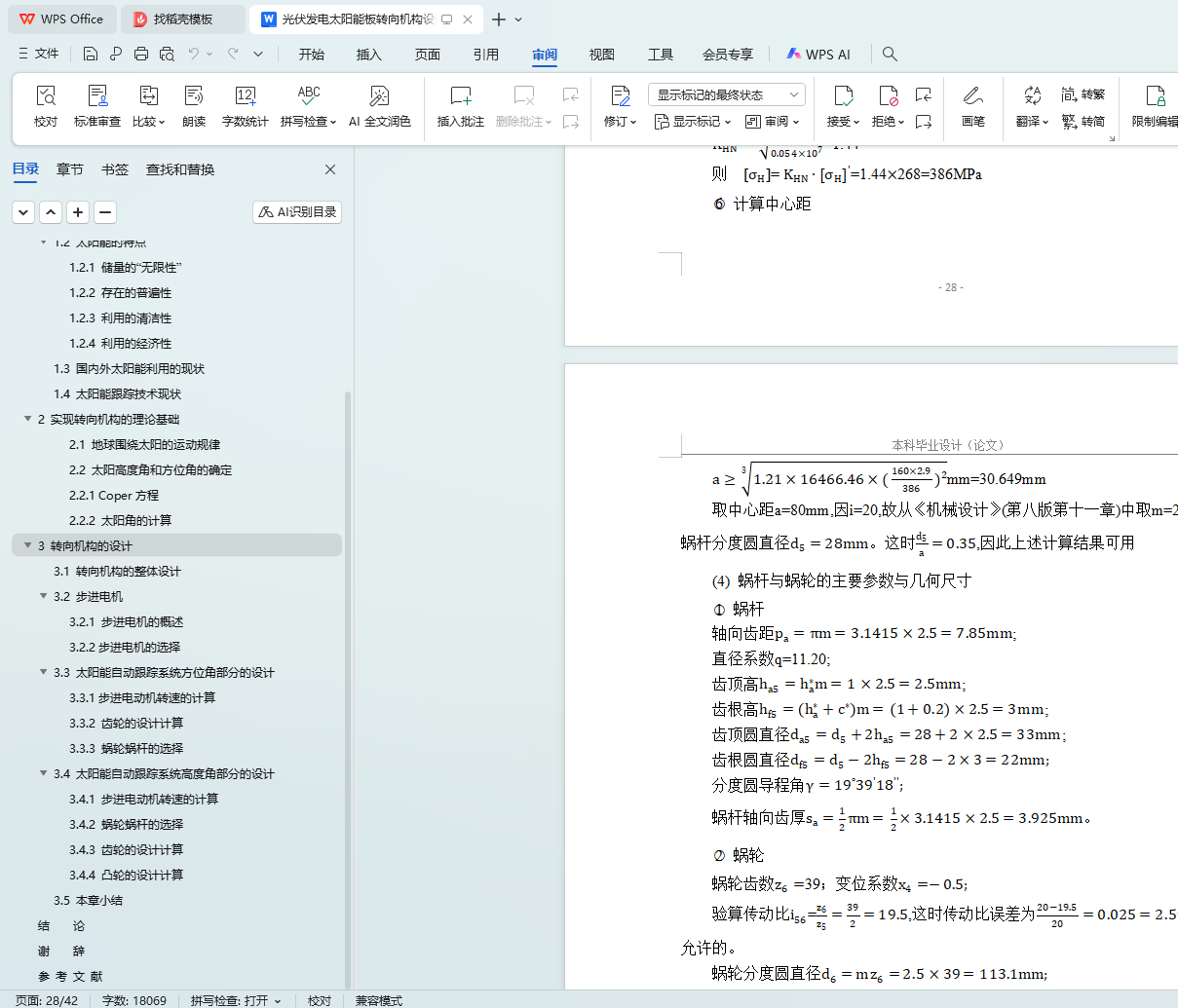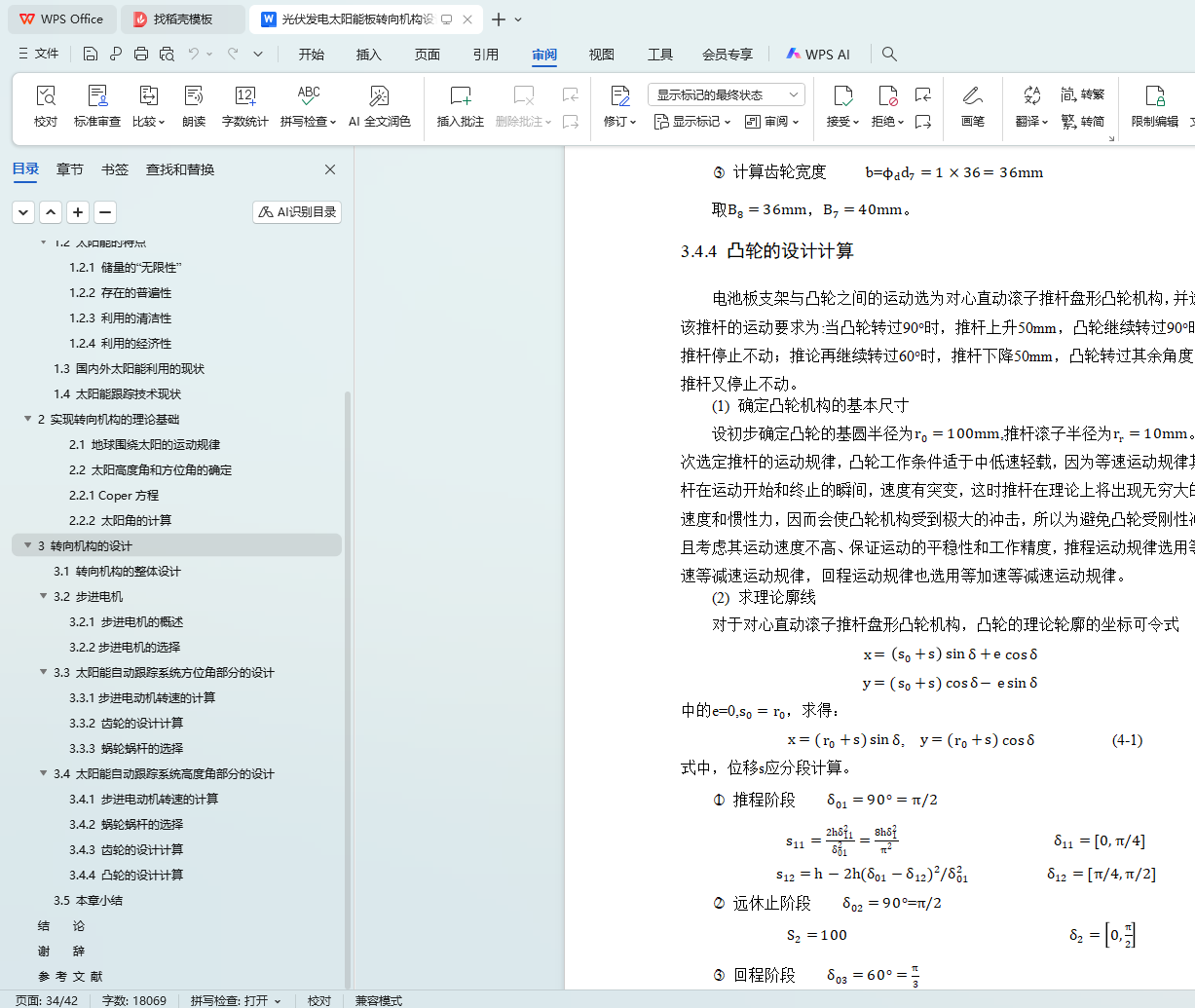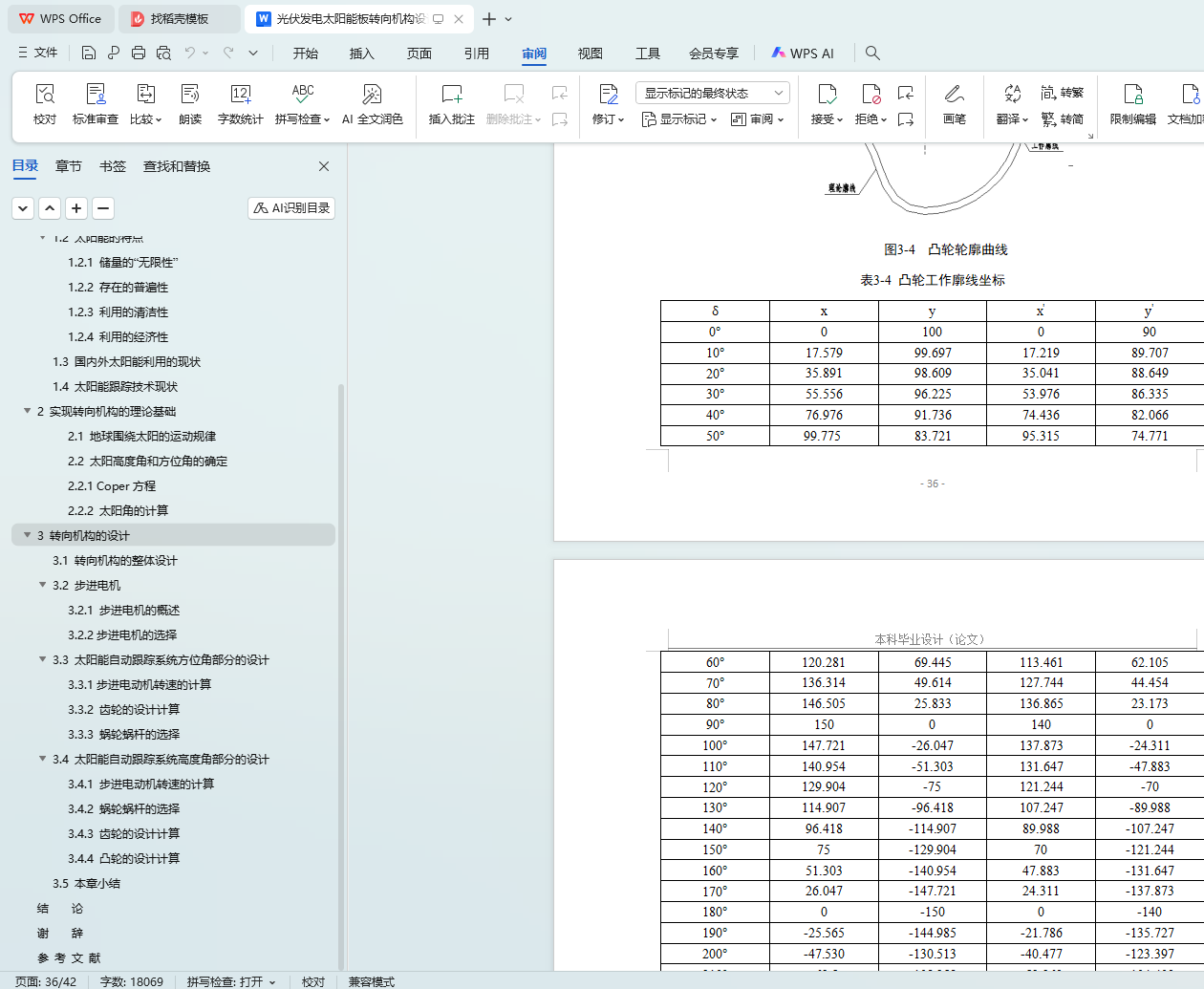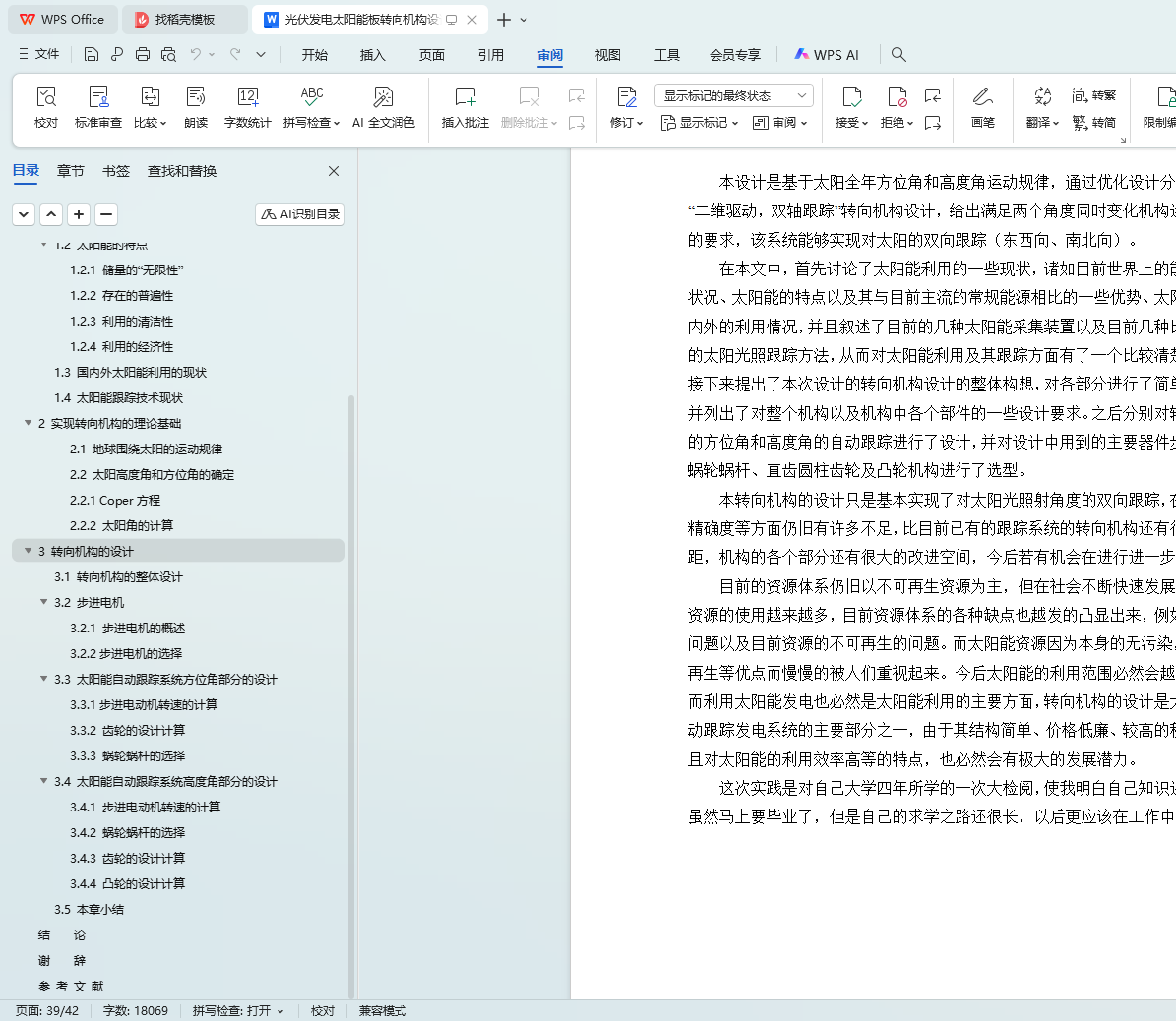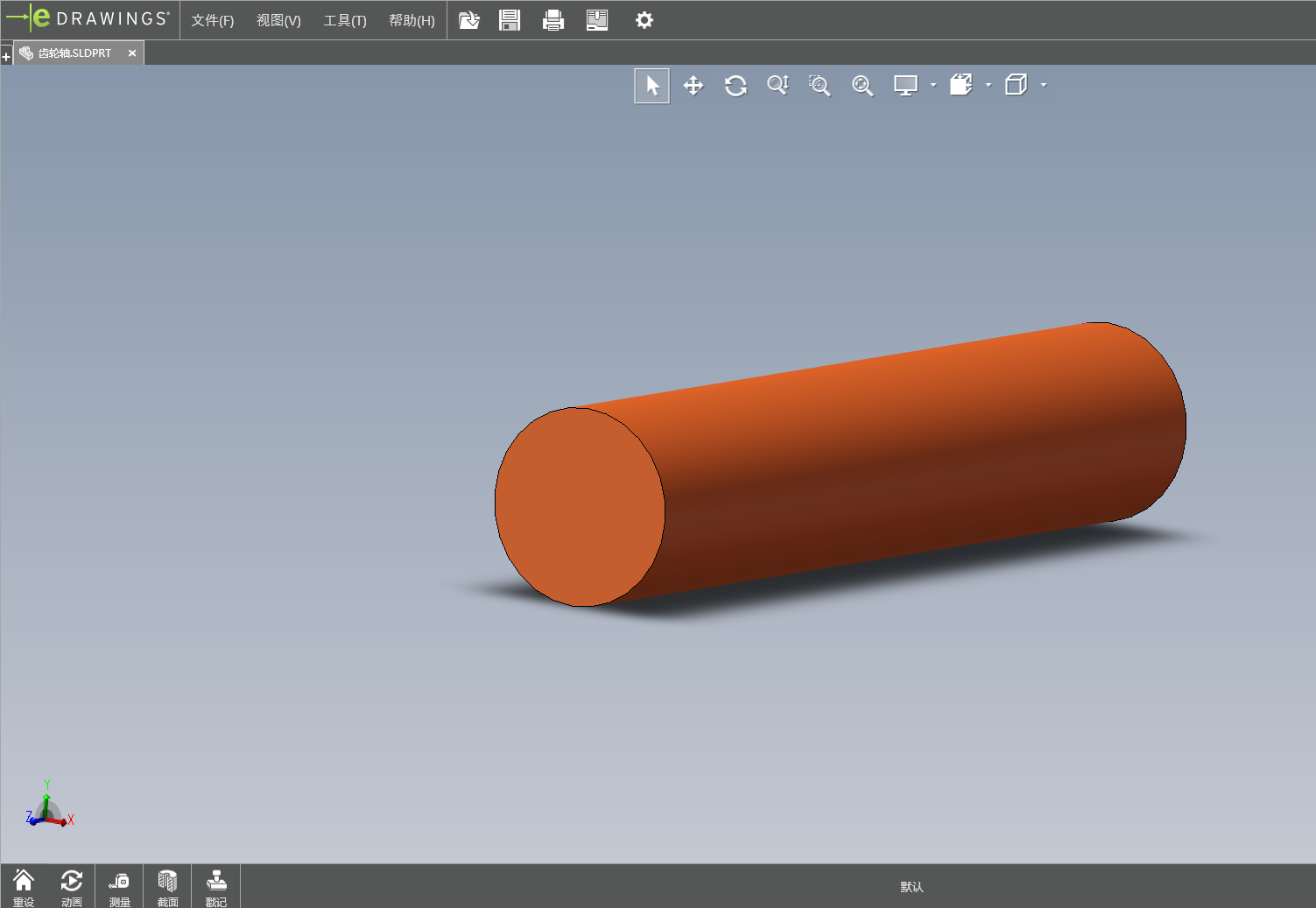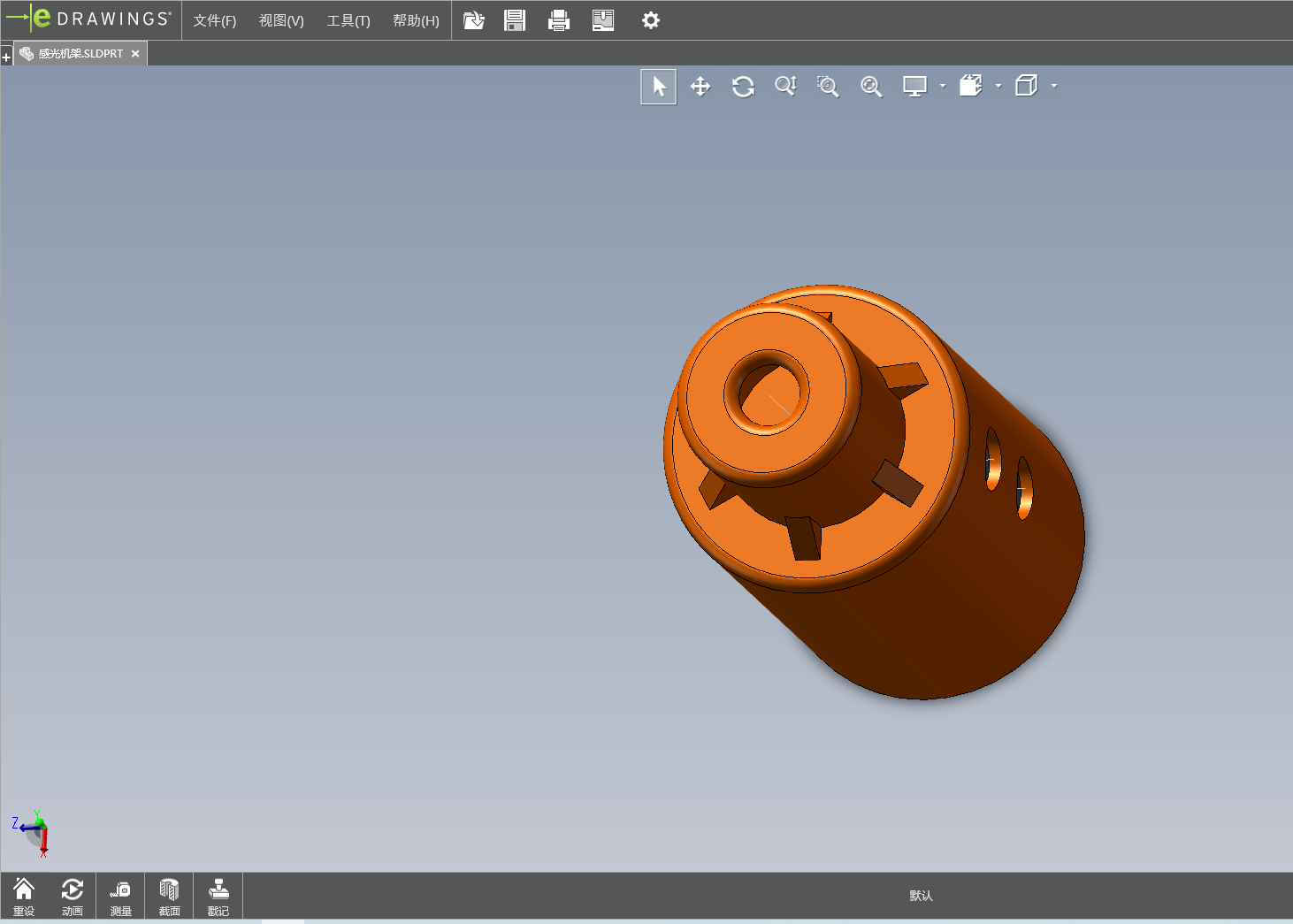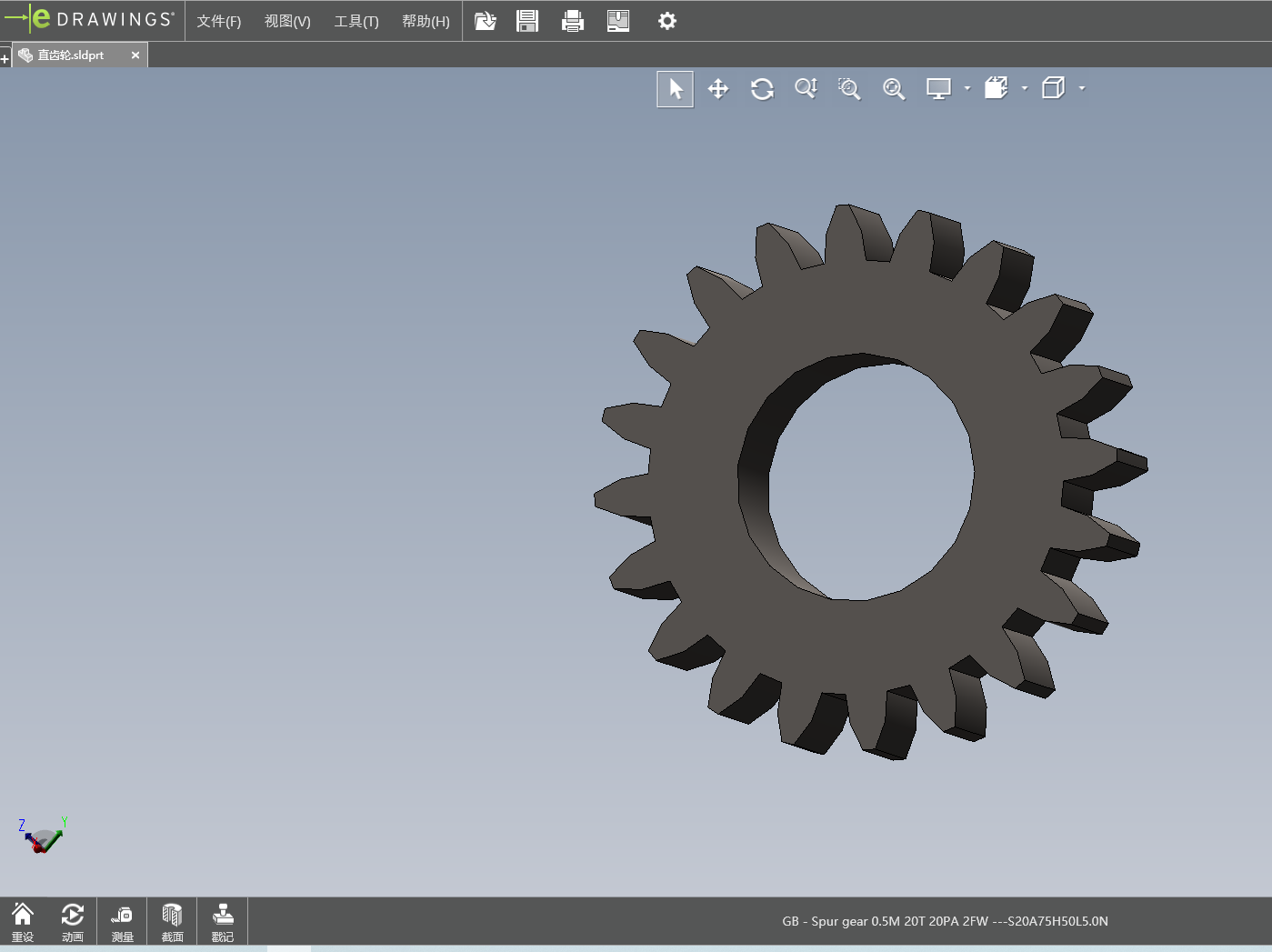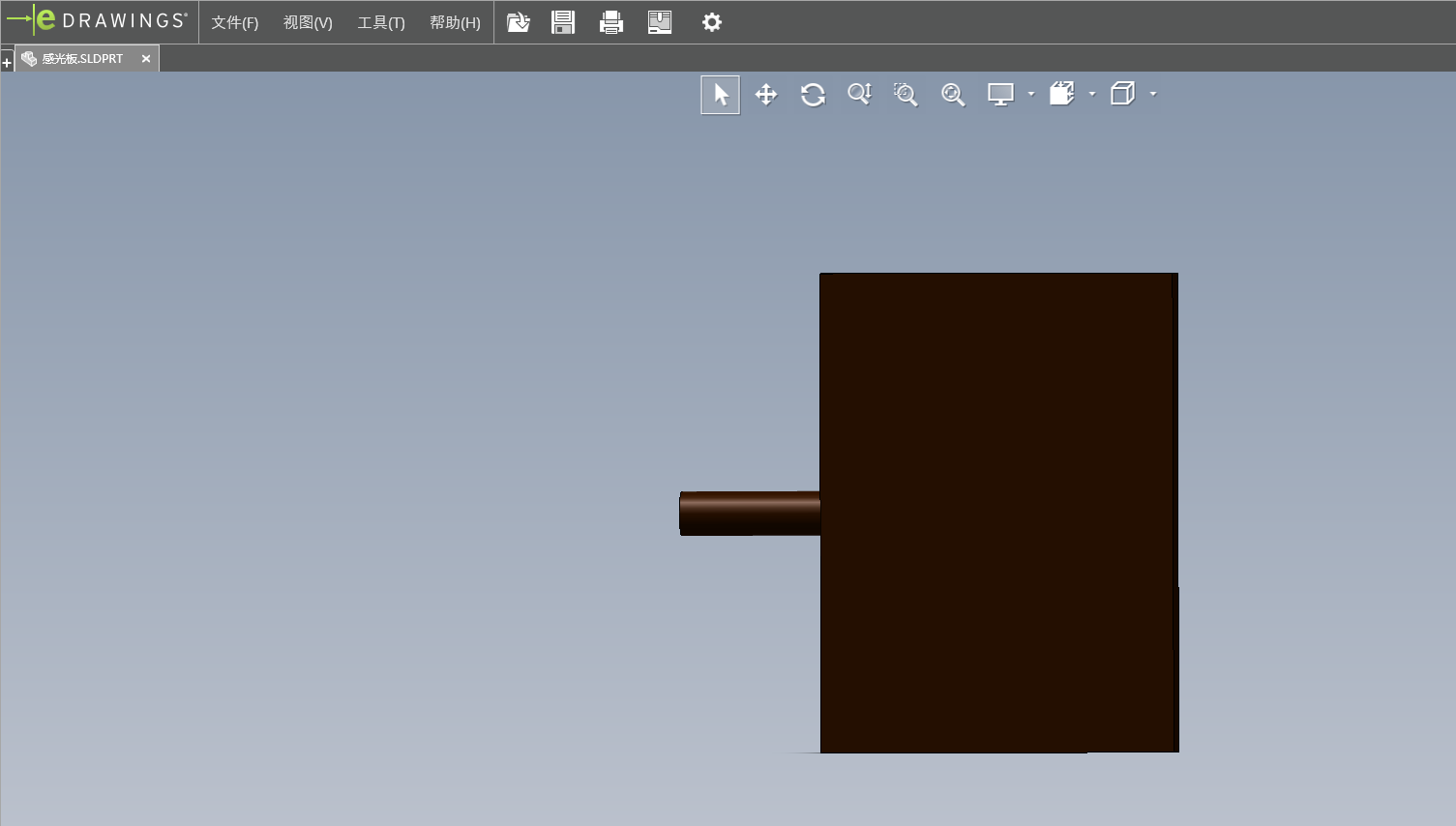摘 要
随着全球对清洁能源需求的日益增长,太阳能作为一种既洁净又可再生的能源,其开发和利用已成为当前研究的热点。然而,太阳能利用效率低一直是制约太阳能技术广泛应用的关键因素。为提高太阳能的利用率,太阳自动跟踪装置的设计和应用显得尤为重要。本研究旨在设计一种高效、精确的太阳自动跟踪系统,通过优化太阳能电池板的受光角度,提高其光-电转化率。
本论文首先深入分析了单轴跟踪和双轴跟踪两种太阳跟踪方法的优缺点,并在此基础上提出了一种基于“二维驱动,二维跟踪”原理的双轴自动跟踪系统设计方案。该系统以凸轮机构和蜗轮蜗杆为核心传动部件,利用太阳轨道公式精确计算太阳的高度角和方位角,并通过两个步进电机的协同工作实现双轴跟踪。该系统能够使太阳能电池板始终垂直于太阳入射光线,从而最大限度地提高太阳能的吸收效率。
在研究过程中,本论文详细阐述了转向机构的整体设计思路,包括步进电机的选择、齿轮和蜗轮蜗杆的设计计算以及凸轮机构的设计等关键环节。通过理论分析和计算,验证了该系统的可行性和有效性。然而,由于时间及目前知识水平的限制,本研究中的跟踪系统仍存在一定的误差,有待进一步改进和优化。
关键词:太阳自动跟踪;双轴跟踪系统;凸轮机构;蜗轮蜗杆;步进电机
Abstract
With the increasing global demand for clean energy, the development and utilization of solar energy as a clean and renewable energy source has become a current research hotspot. However, the low efficiency of solar energy utilization has always been a key factor restricting the wide application of solar energy technology. In order to improve the utilization rate of solar energy, the design and application of solar automatic tracking device is particularly important. This study aims to design an efficient and accurate automatic solar tracking system to improve the light-electric conversion rate of solar panels by optimizing their light angle.
This paper first analyzes the advantages and disadvantages of two uniaxial tracking methods and biaxial tracking, and proposes a biaxial automatic tracking system design scheme based on the principle of "two-dimensional drive, two-dimensional tracking". The system takes the cam mechanism and the worm worm as the core transmission components, and uses the formula to accurately calculate the height and azimuth of the sun by the solar orbit formula, and realizes the biaxial tracking through the cooperative work of the two stepper motors. The system keeps the solar panels always perpendicular to the solar incident rays, thus maximizing the absorption efficiency of solar energy.
During the research, this paper elaborated the overall design idea of the steering mechanism, including the selection of stepping motor, the design and calculation of gear and worm worm, and the design of cam mechanism. The feasibility and effectiveness of the system are verified by theoretical analysis and calculation. However, due to the limited time and current knowledge level, the tracking system in this study still has some errors and need to be further improved and optimized.
Key words: sun automatic tracking; biaxial tracking system; cam mechanism; worm worm; stepper motor
目录
摘 要
Abstract
1 绪论
1.1 能源与环保
1.1.1 能源短缺
1.1.2 环境污染
1.1.3 温室效应
1.2 太阳能的特点
1.2.1 储量的“无限性”
1.2.2 存在的普遍性
1.2.3 利用的清洁性
1.2.4 利用的经济性
1.3 
1.4 太阳能跟踪技术现状
2 实现转向机构的理论基础
2.1 地球围绕太阳的运动规律
2.2 太阳高度角和方位角的确定
2.2.1 Coper方程
2.2.2 太阳角的计算
3 转向机构的设计
3.1 转向机构的整体设计
3.2 步进电机
3.2.1 
3.2.2步进电机的选择
3.3 太阳能自动跟踪系统方位角部分的设计
3.3.1
3.3.2 齿轮的设计计算
3.3.3 蜗轮蜗杆的选择
3.4 太阳能自动跟踪系统高度角部分的设计
3.4.1 步进电动机转速的计算
3.4.2 蜗轮蜗杆的选择
3.4.3 齿轮的设计计算
3.4.4 凸轮的设计计算
3.5 本章小结
结 论
谢 辞
参 考 文 献
